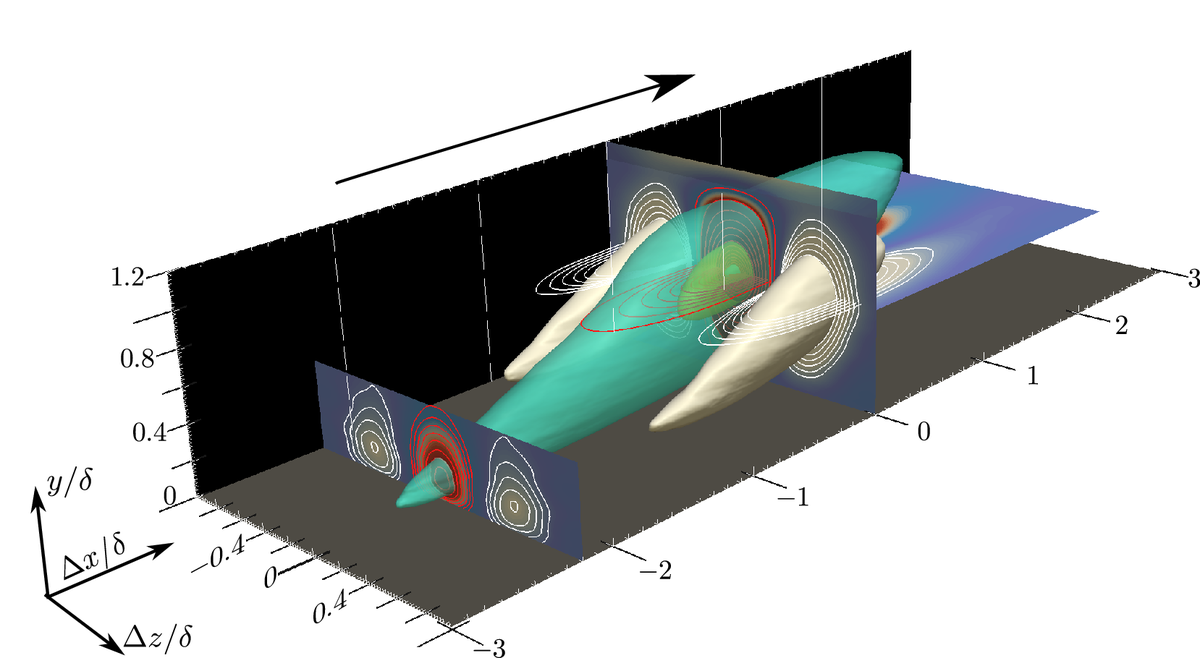Scope of the Colloquium
Coherent structures play a central role in transport of momentum and mass in wall-bounded turbulence, and their understanding has lied at the heart of turbulence research for many years. For the past three decades, significant progress has been made in two directions. One is the emergence of new theoretical frameworks for description of transition and coherent structures at low Reynolds numbers: important contributions come from linear and quasi-linear analyses (based on transient growth, properties of the resolvent or, stochastic analyses with appropriate closure models), the application of nonlinear dynamical systems concepts (e.g. state-space analysis with invariant solutions such as stationary/traveling waves and periodic orbits), and new ideas for the spatio-temporal aspects of the flow near transition (often related to phase transitions of the directed percolation type). The second direction is driven by the discovery of new coherent structures and their general organisation at much higher Reynolds numbers, followed by accurate flow field measurement and very large-scale direct numerical simulations: this includes the discovery of exact coherent structures and very-large-scale motions far from the wall, the accumulation of evidence for a hierarchical organisation of coherent structures in the logarithmic region (i.e. Townsend’s attached eddy hypothesis), and insights into scale interactions (e.g. inner-outer interactions)
Recently, there has been a growing body of evidence that the dynamics of the newly discovered coherent structures at high Reynolds numbers may well be approached with suitable extensions of the theoretical tools used for transition and low-Reynolds-number turbulence. This emerging topic provides many important new opportunities for the development of novel low-dimensional descriptions of high Reynolds number turbulent flows, while establishing an integrated view on transition and turbulence in a wide range of Reynolds numbers. The scope of the proposed Euromech colloquium is to explore this topic by bringing together a group of experts in transition and turbulence of wall-bounded shear flows. The latest results on both transition and turbulence will be presented with the particular aim to address important current challenges and future directions in theory, computation and experiment.



